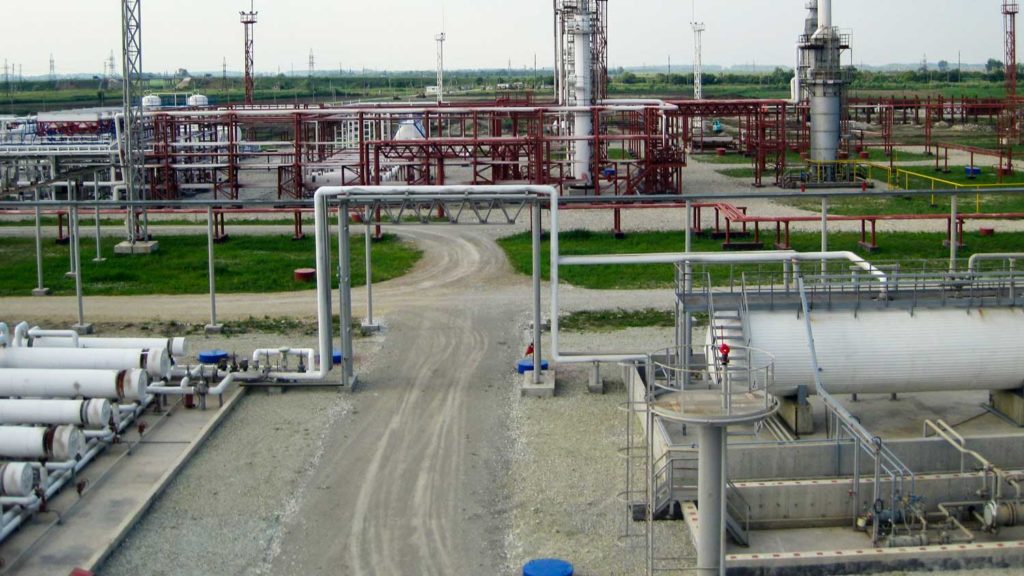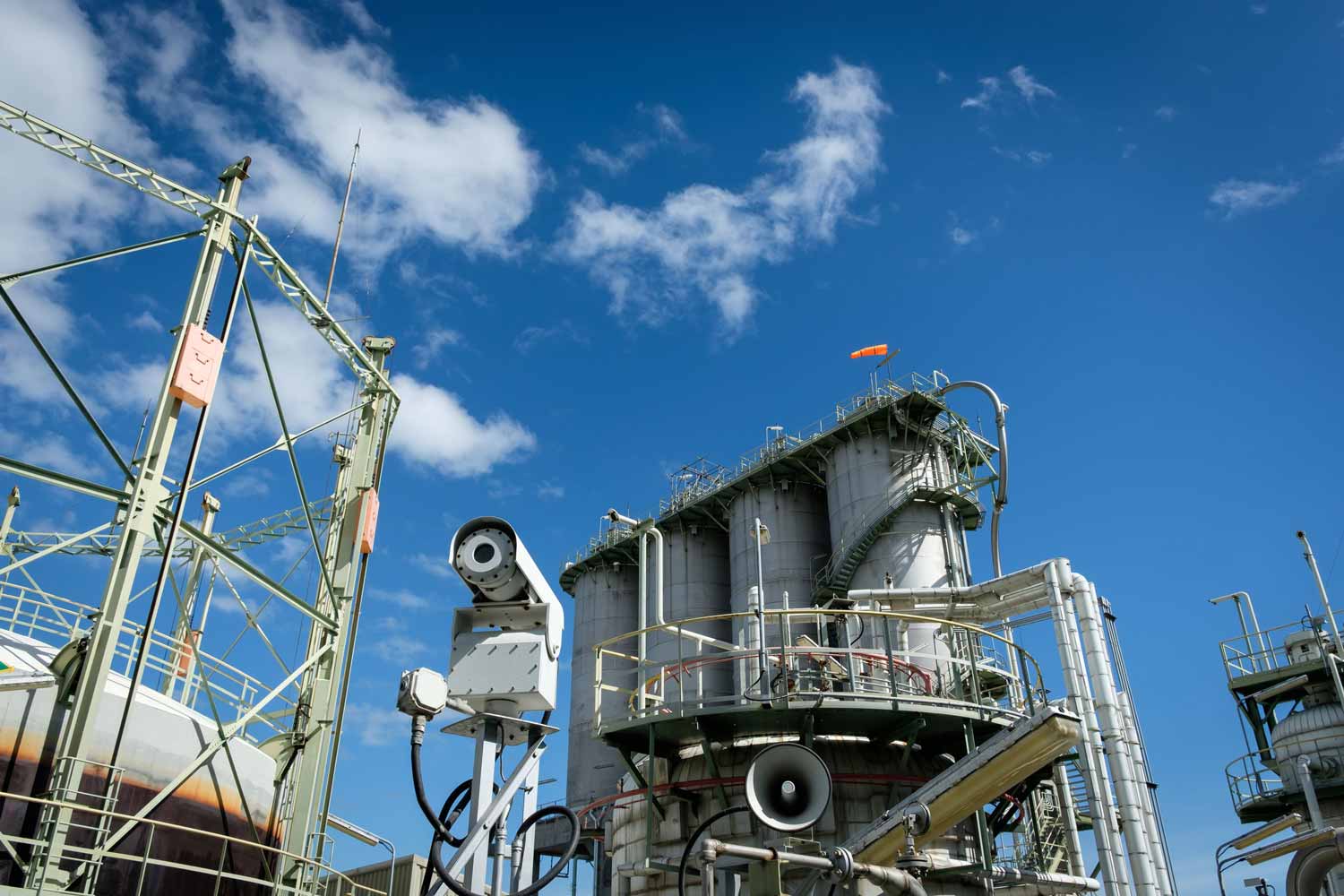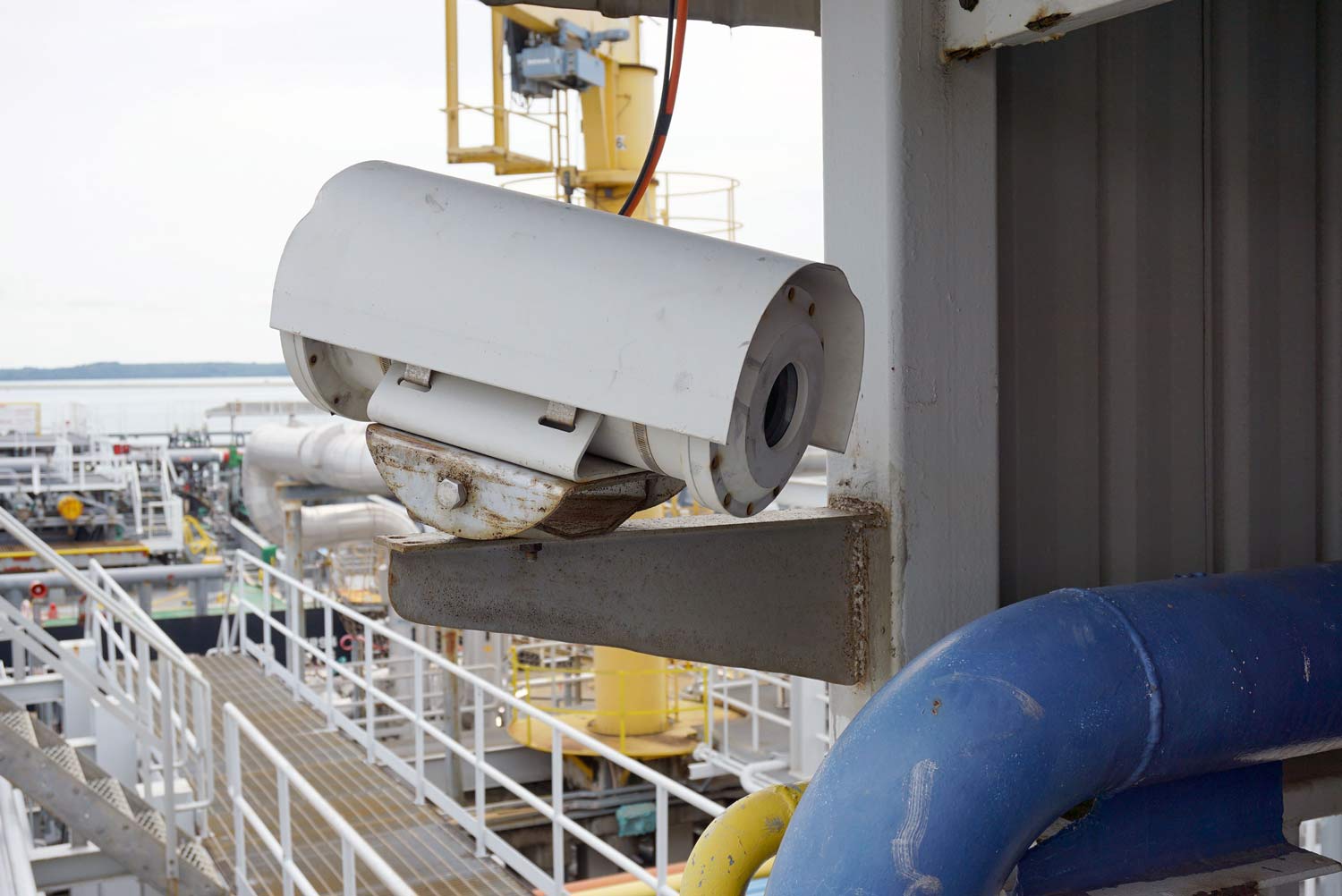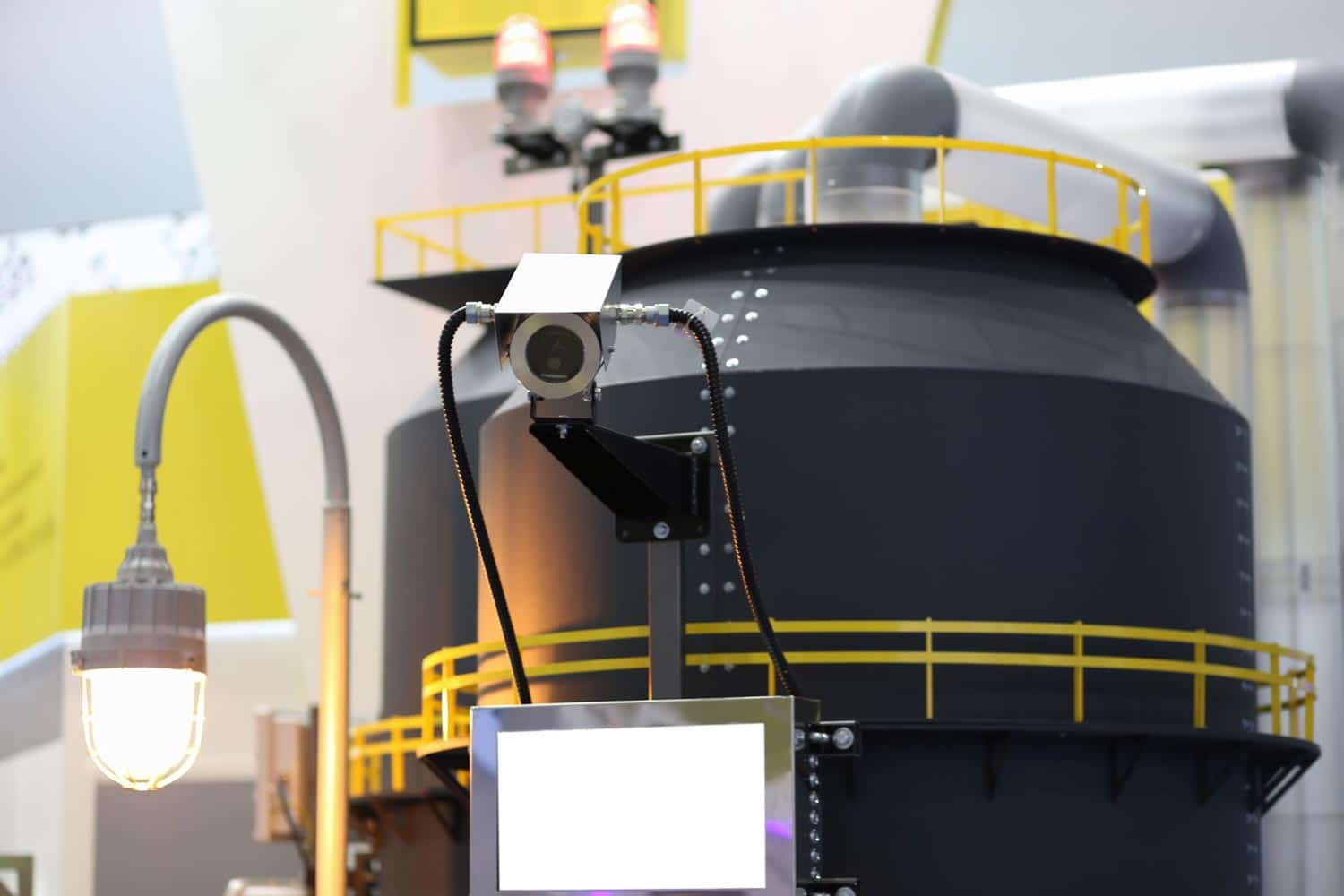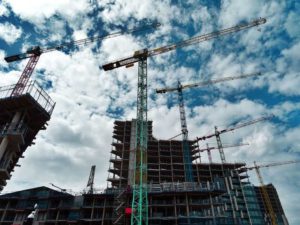The nation runs on more than 2.6 billion miles of pipelines delivering natural gas, petroleum products, and water. However, the sheer size of this sprawling architecture presents security problems. Protecting these critical infrastructures requires pipeline surveillance that harnesses technology to increase our oversight. Pipeline CCTV cameras can capture critical details of a security incident. New technologies allow thermal monitoring, real-time surveillance, and even artificial intelligence (AI) for better pipeline protection. Pipeline surveillance also protects job sites as new construction expands the infrastructure.
As these pipelines traverse vast landscapes, they are vulnerable to threats, including vandalism, terrorism, and natural disasters. To address these challenges and safeguard our critical infrastructure, the deployment of advanced technologies for pipeline protection has emerged as an essential component of comprehensive security systems.
Here’s why remote cameras are so important to gas pipeline protection.
The Vulnerabilities of Pipeline Infrastructure
Pipeline networks are surprisingly vulnerable to intentional harm or accidental damage. Some of the primary threats include:
-
Acts of sabotage and terrorism
-
Vandalism and theft
-
Natural disasters
-
Cameras must be at all exits and entrances.
-
Aging infrastructure
The Pipeline and Hazardous Materials Safety Administration (PHMSA) reports these incidents. A summary of these incidents shows over the past 13 years, more than $1.5 million in property damage tied to pipeline incidents. The summary indicated a pipeline fire every 4.2 days, an explosion every 12.2 days, and injury occur every 6.5 days.
For obvious reasons, keeping an eye out for these incidents and responding promptly, reduces the risk to people, the environment, and the property itself. Gas and oil pipeline cameras help handle these risks and responsibilities. North American Energy Pipelines points out there is a need for pipeline CCTV on job sites as the oil and gas workforce repairs and expands these infrastructures.
No matter the location, the goal of pipeline surveillance is to prevent problems from occurring. How can these technologies improve the safety of these facilities?
The Role of Pipeline Cameras in Enhancing Security
Advanced surveillance technologies are instrumental in enhancing the security and resilience of these infrastructures. Here are several ways in which pipeline cameras contribute to infrastructure security:
-
Real-time monitoring and surveillance: Pipeline cameras provide real-time monitoring of critical infrastructure. These tools allow operators to detect and respond swiftly to unauthorized activities or anomalies. With advancements in video analytics, these cameras can automatically identify unusual patterns, potential security threats, or signs of damage.
-
Early detection of leaks and spills: One of the primary concerns for pipeline operators is the possibility of leaks or spills that can result in environmental contamination and pose significant safety risks. Pipeline cameras equipped with advanced sensors can detect even minor leaks, enabling operators to take immediate action to contain the situation and minimize the impact.
-
Deterrence and prevention: The mere presence of surveillance cameras can deter potential vandals, thieves, or saboteurs. Knowing that their activities are being monitored and recorded discourages malicious actors, reducing the likelihood of security incidents. In this way, pipeline cameras play a proactive role in preventing security breaches.
-
Integration with security systems: Pipeline cameras can integrate into broader security systems, allowing for a coordinated response to security incidents. Integration with alarm systems, access control, and communication networks ensures a comprehensive approach to infrastructure security. This interconnectedness enhances the ability to detect, assess, and respond to threats in real time.
-
Remote monitoring and management: The ability to remotely monitor pipeline infrastructure is a significant advantage offered by pipeline cameras. Operators can access live feeds and data from anywhere, enabling them to respond promptly to incidents or conduct routine inspections without a physical presence at each location. The technology improves operational efficiency and reduces the response time to security threats.
Advanced Features and Technologies in Pipeline Cameras
Modern pipeline cameras are equipped with a range of advanced features and technologies that significantly enhance their effectiveness in securing critical infrastructure. Some notable features include:
-
Infrared and thermal imaging: Pipeline cameras utilize imaging technologies to provide visibility in low-light conditions and adverse weather. Thermal and imaging cameras have continuous surveillance and detection capabilities even during nighttime or inclement weather, enhancing the overall reliability of the entire system.
-
Machine learning and AI: Advanced computer algorithms enable pipeline cameras to analyze video feeds in real time. These intelligent systems distinguish between normal operational activities and potential security threats, reducing false alarms and allowing security personnel to focus on genuine risks.
-
Pan-Tilt-Zoom (PTZ) capabilities: PTZ capabilities in pipeline surveillance allow for flexible and dynamic security. Operators can remotely control the camera's orientation, zoom in on specific areas of interest, and track suspicious activities. The flexibility is invaluable in effectively monitoring large stretches of pipeline infrastructure.
-
Cybersecurity measures: As with any technology connected to networks, pipeline cameras are susceptible to cybersecurity threats. Advanced pipeline CCTV incorporates robust cybersecurity measures to protect against unauthorized access, data breaches, and tampering. Encryption protocols and secure communication channels are integral components of a secure pipeline camera system.
The benefits of implementing these tools for pipeline protection far outweigh any drawbacks. These technologies are rapidly evolving, growing more sophisticated and effective.
Pro-Vigil for Oil and Gas Pipeline Protection
Pro-Vigil stands as a cutting-edge solution for oil and gas pipeline protection. We offer comprehensive surveillance services tailored to the unique challenges of the industry. Leveraging state-of-the-art technology, Pro-Vigil provides real-time monitoring, early threat detection, and swift response capabilities, leveraging state-of-the-art technology. Our advanced cameras, equipped with infrared and thermal imaging, ensure continuous visibility in diverse conditions, including remote or low-light environments. Pro-Vigil’s integrated systems enhance security by deterring vandalism, theft, and potential sabotage. Contact our team today to find out how we can help protect your business.
Q&A
The future of pipeline security will likely witness the integration of autonomous surveillance systems, drone technology, blockchain for data integrity, and advanced materials to enhance the resilience of pipelines.
The responsibility for oil and gas pipeline security involves various stakeholders. Primarily, the operators of the pipelines bear the main responsibility of safeguarding their infrastructure. These companies must implement robust security measures and adhere to regulatory guidelines. Governments and other regulatory bodies also play a pivotal role by establishing and enforcing security standards, conducting inspections, and imposing penalties for non-compliance. Collaboration with law enforcement agencies is also essential to address potential threats and respond to incidents promptly. As pipelines often traverse multiple jurisdictions, international cooperation is vital to ensure comprehensive security. Ultimately, a shared responsibility among industry players, governments, and law enforcement is crucial for the effective protection of oil and gas pipelines.

